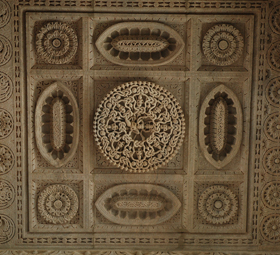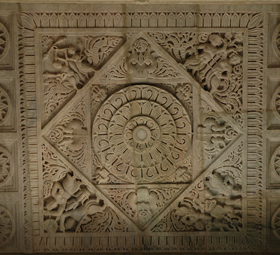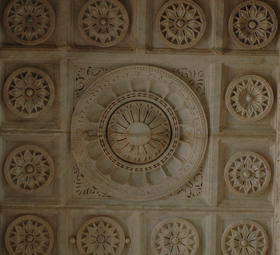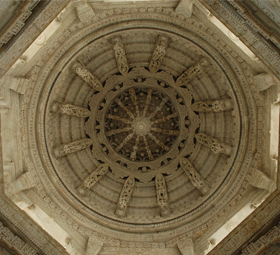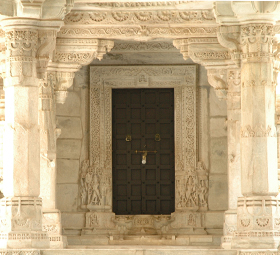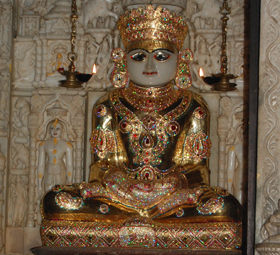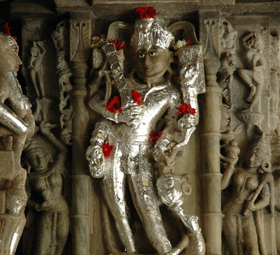The Tranquil Town of Jain Pilgrimage
The Jain community like several others, had always enjoyed the patronage of the ruling family of Mewar and quite a few important positions were hold by the Jains. The rulers were also particularly supportive for their temple-building activities. In the 15th century, Rana Kumbha of Mewar gave large stretch of land in a quit and picturesque valley, deep in the Aravalis to the Jains. This is one of the five main holy places of the Jains. Although over 550 years old, these temples are well preserved almost in perfect condition. The central temple is a Chaumukha Temple. Dedicated to Adinath, the first Jain Teerthankar (Saint), this three- storey temple is the most complex and extensive in design. It has 84 rooms, 24 domes and 1444 pillars What is interesting here is the fact that no two pillars are alike. Each of these pillars are arranged, the tasteful admixture of domes of different height with flat ceilings, and the mode in which light is introduced, combine to produce an excellent effect. Not only the Chaumukha, enhancing the charms of this beautiful place. It is difficult to decide what is more appealing the location or the architecture... Few place in India can match the ambience of Ranakpur. Temple is supported by fine fluted pillars with unique tapering shapes.




